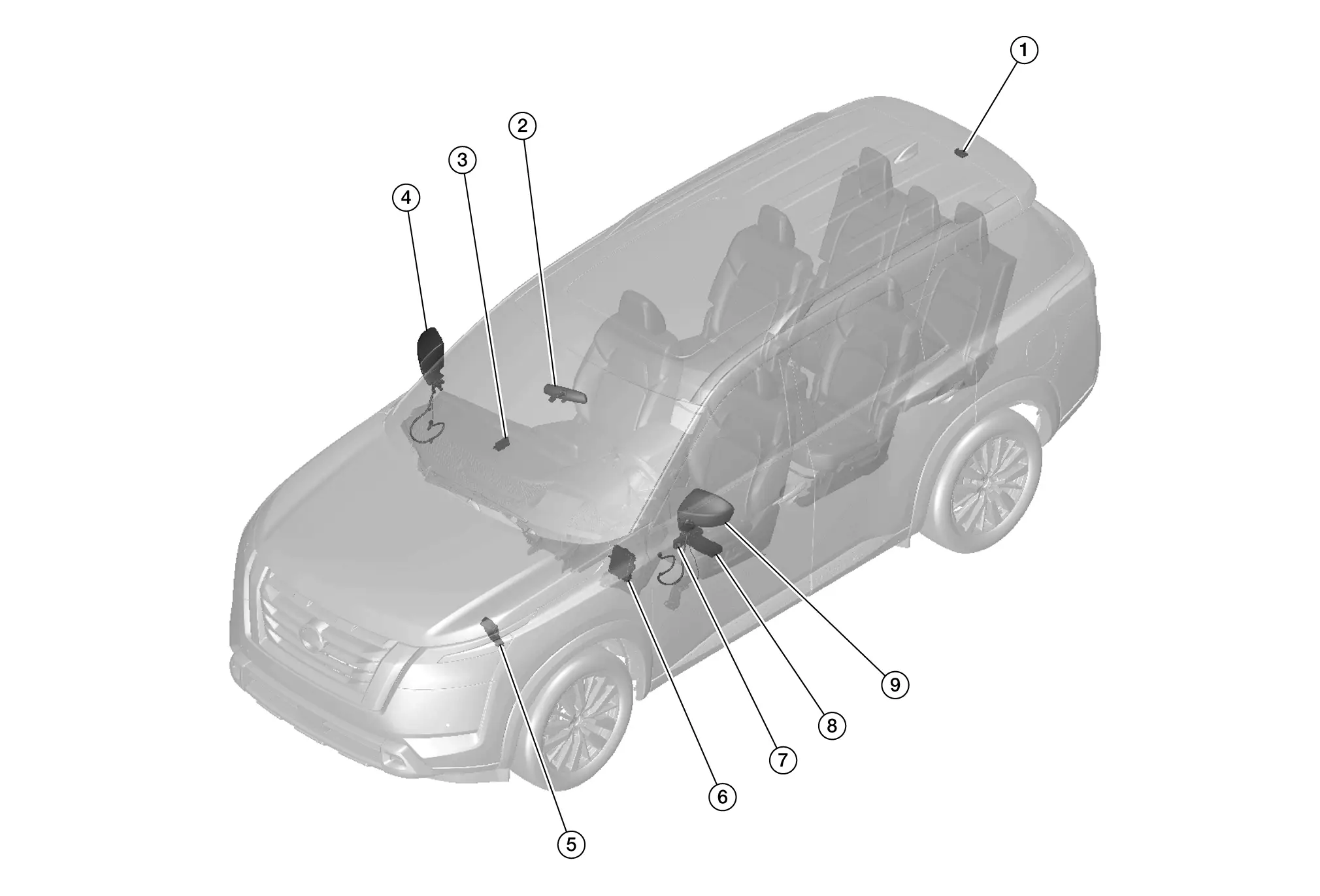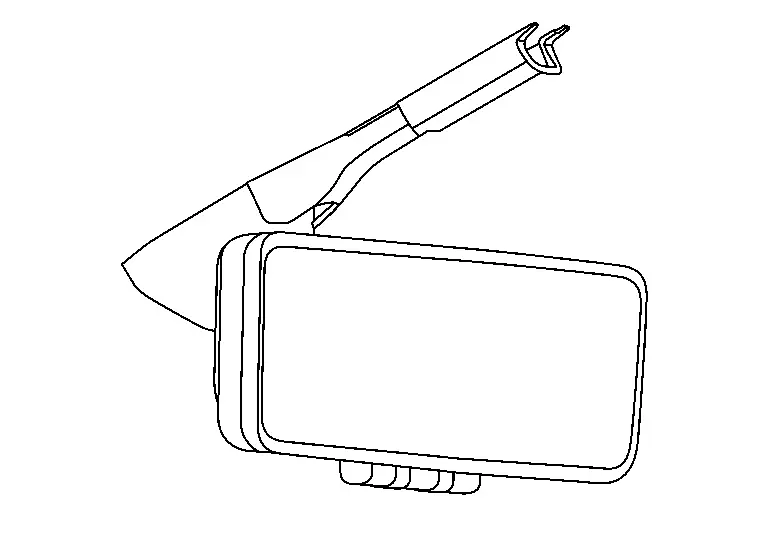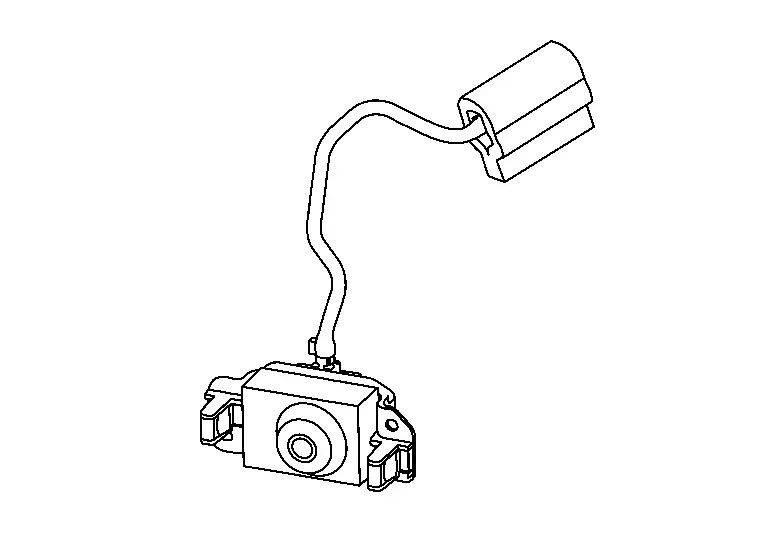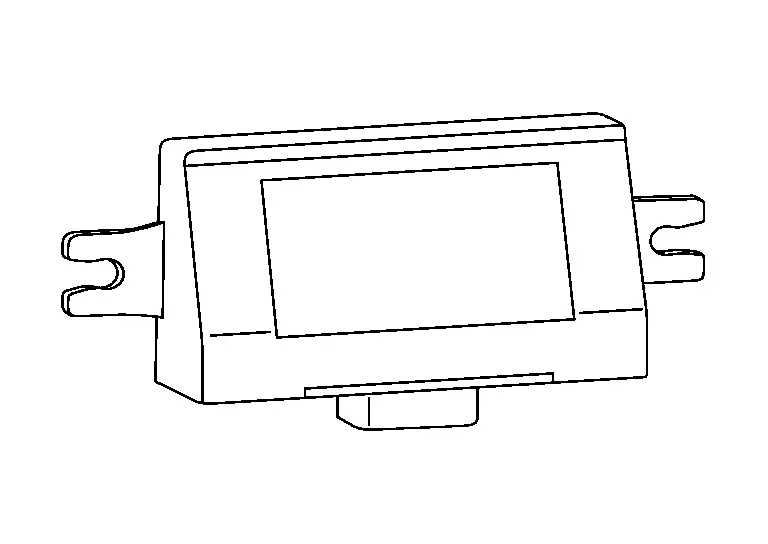Nissan Pathfinder: Mirrors - Component Parts. Mirror System
Component Parts Location

| No. | Component | Function |
|---|---|---|
| 1. | Smart rear view mirror camera2 |
Sends a video signal via LVDS (low voltage differential signaling) to the smart rear view mirror. Refer to Smart Rear View Mirror Camera. |
| 2. |
Auto anti-dazzling inside mirror1 Smart rear view mirror2 |
|
| 3. | Passenger door mirror control module |
Receives mirror control signal from BCM via LIN communication. Refer to Passenger Door Mirror Control Module. |
| 4. | Door mirror RH |
|
| 5. | TCM (Transmission Control Module) |
Transmits the shift position signal to BCM via CAN communication. Refer to Component Parts Location for detailed component location. |
| 6. | BCM (Body Control Module) |
Transmits the mirror control signal and mirror position signal to power window main switch and passenger door mirror control module via LIN communication. Refer to System Description. |
| 7. | Main power window and door mirror switch (door mirror switch) |
Sends signal for adjustment of door mirror LH/RH. Refer to Main Power Window and Door Mirror Switch for detailed component location. |
| 8. | Driver seat control unit |
Transmits the mirror control signal to BCM via CAN communication. Refer to Driver Seat Control Unit for detailed component location. |
| 9. | Door mirror LH |
|
1: Without Smart Rear View Mirror system
2: With Smart Rear View Mirror system
Smart Rear View Mirror
-
Smart Rear View Mirror is installed onto the windshield glass.

-
Receives the LVDS (Low Voltage Differential Signaling) from the Smart Rear View Mirror camera and displays it on the LCD monitor.
-
Control screen position and daytime mode switch function and MENU display ON/OFF switch function on the LCD monitor operate normally when the switches located at the bottom of the Smart Rear View Mirror are operated.
-
When the power lever located at the bottom of the Smart Rear View Mirror is turned ON, the image from the Smart Rear View Mirror camera is displayed on the LCD monitor integrated in the Smart Rear View Mirror. When turned OFF, it returns to the normal rear view mirror mode.
Smart Rear View Mirror Camera
-
Smart Rear View Mirror camera is installed back door window glass.

-
Transmits the LVDS (Low Voltage Differential Signaling) to the Smart Rear View Mirror.
-
Power is supplied from the Smart Rear View Mirror and photographs behind the Nissan Pathfinder vehicle.
-
Converts captured images to LVDS (Low Voltage Differential Signaling).
Passenger Door Mirror Control Module
-
Passenger door mirror control module is installed behind the front RH door finisher.

-
Passenger door mirror control module transmits the mirror motor power supply to door mirror RH.
-
Passenger door mirror control module receives the mirror position signal from door mirror RH.
-
The mirror control signal is transmitted to passenger door mirror control module from BCM via LIN communication.
-
When the mirror control signal is detected, passenger door mirror control module activates mirror motor RH.

Nissan Pathfinder (R53) 2022-2025 Service Manual
Contact Us
Nissan Pathfinder Info Center
Email: info@nipathfinder.com
Phone: +1 (800) 123-4567
Address: 123 Pathfinder Blvd, Nashville, TN 37214, USA
Working Hours: Mon–Fri, 9:00 AM – 5:00 PM (EST)
